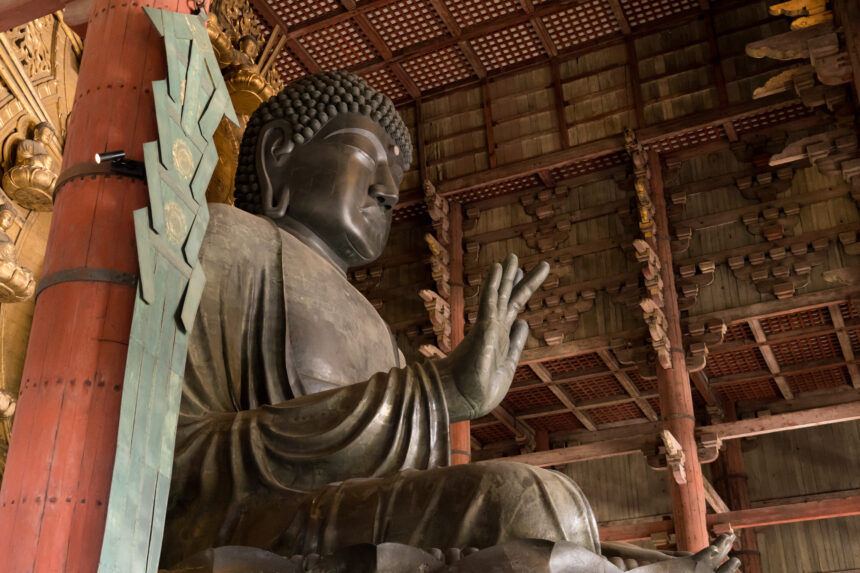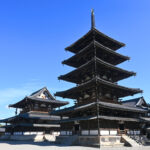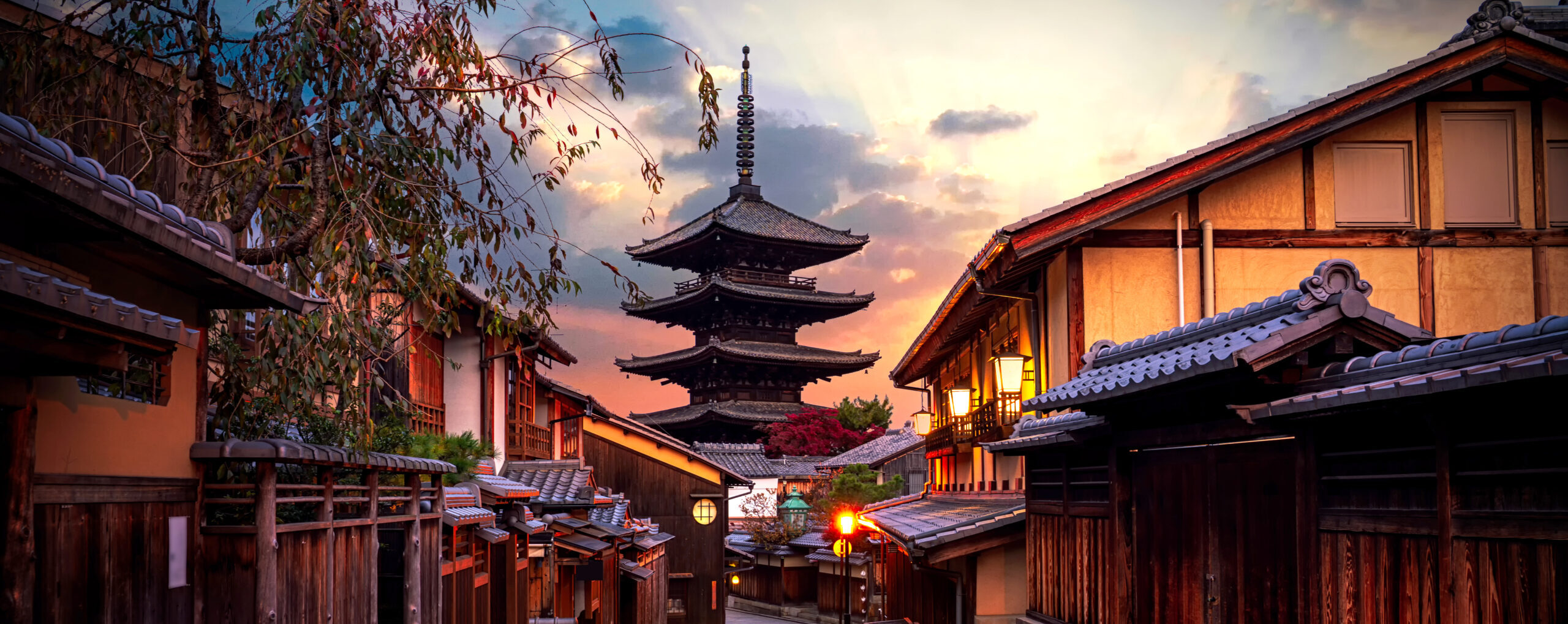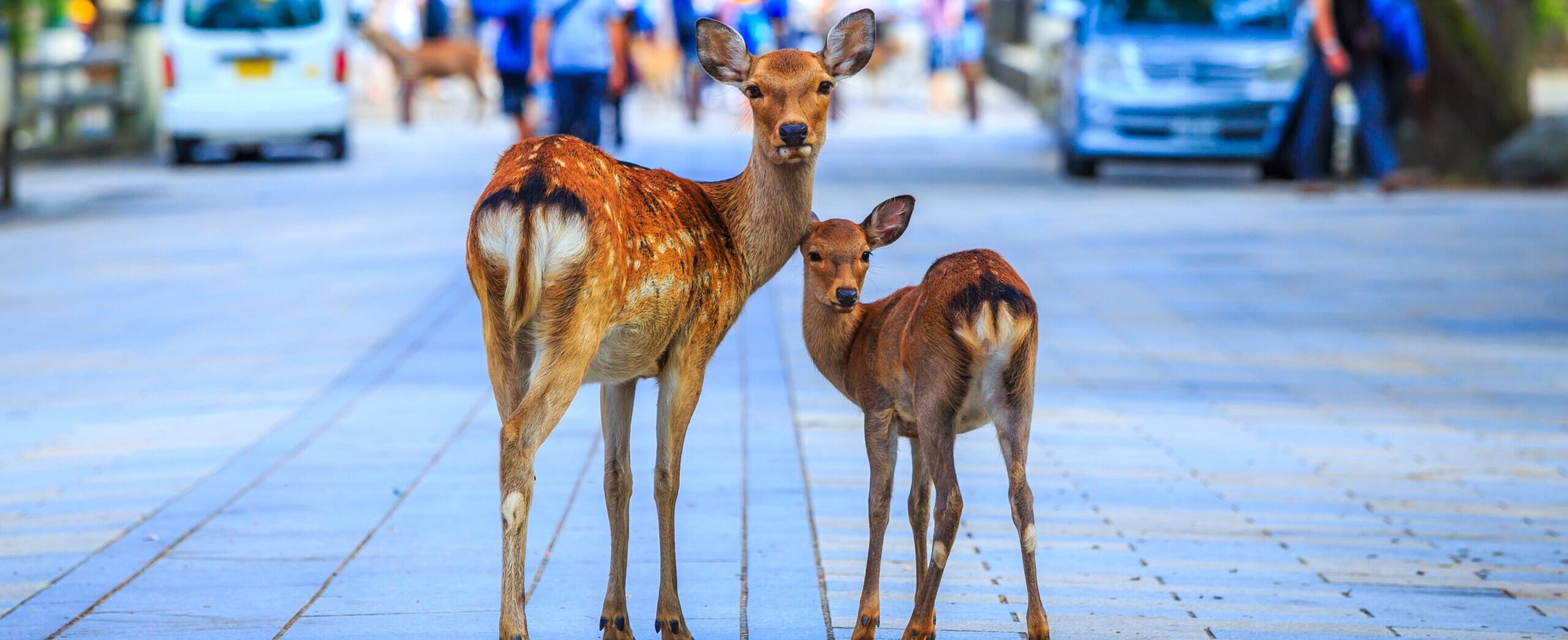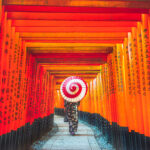In this Article
1. Overview of Todai-ji Temple
Todai-ji Temple, located in Nara, is one of Japan’s most famous and historically significant temples. Founded in 752 AD, the temple houses the Great Buddha (Daibutsu), one of the largest bronze Buddha statues in the world. As a UNESCO World Heritage Site, Todai-ji is a symbol of Japan’s cultural and religious heritage. The temple’s impressive architecture, serene grounds, and surrounding deer park attract millions of visitors annually, making it a must-visit destination in Japan.
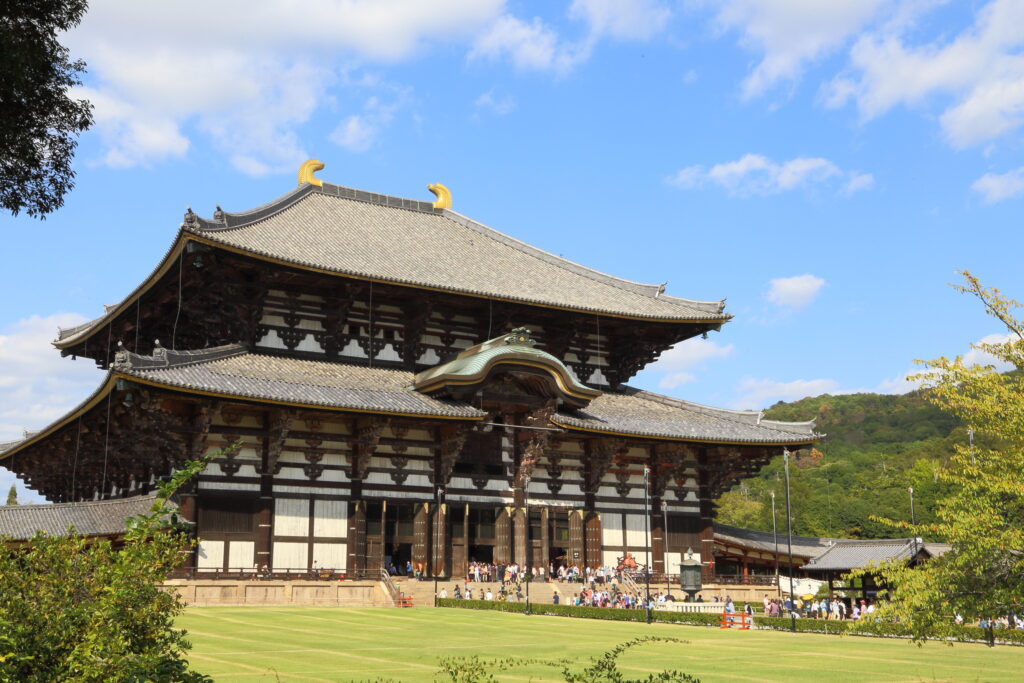
2. History of Todai-ji Temple
Todai-ji was established during the Nara Period by Emperor Shomu as a central temple for Buddhism in Japan. It played a vital role in spreading Buddhism throughout the country and served as a center for academic and spiritual learning. The Great Buddha Hall, or Daibutsuden, was once the largest wooden structure in the world and remains an architectural marvel. Despite being reconstructed multiple times due to fires and natural disasters, the temple has retained its historical and cultural significance.
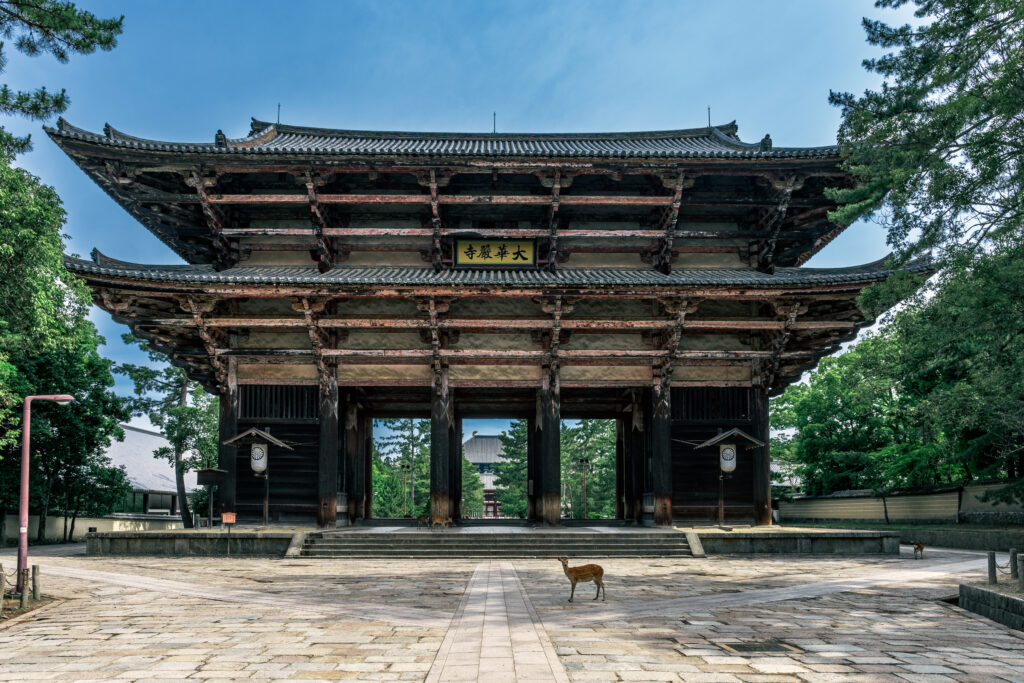
3. Highlights of Todai-ji Temple
Great Buddha Hall (Daibutsuden)
The centerpiece of Todai-ji, the Great Buddha Hall, houses the Great Buddha, a 15-meter-tall bronze statue representing Vairocana Buddha. The sheer scale of the statue and hall is awe-inspiring, offering a profound spiritual experience for visitors. The hall also contains other intricate Buddhist statues and carvings.
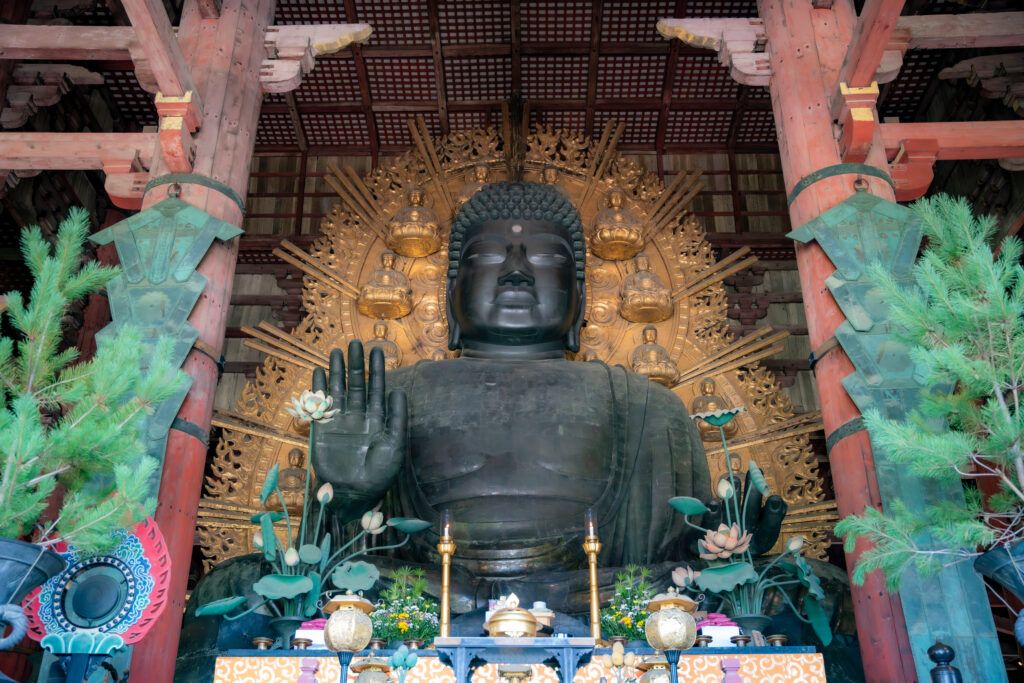
Nandaimon Gate
The Nandaimon Gate, the grand entrance to Todai-ji, is a striking example of traditional Japanese architecture. Flanked by two massive wooden guardian statues known as Nio, this gate sets the tone for the spiritual journey through the temple grounds.
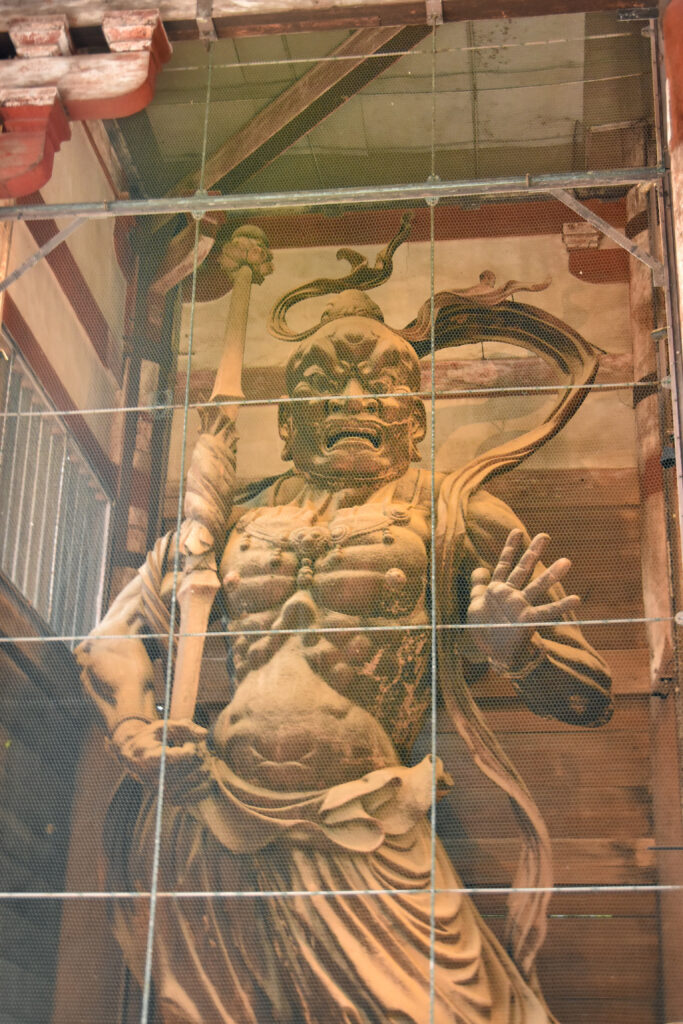
Nigatsudo Hall
Nigatsudo Hall, located on a hill within the Todai-ji complex, is a popular spot for its panoramic views of Nara and its famous Omizutori (Water-Drawing Ceremony) held annually in March. This ancient ritual, part of the Shuni-e Buddhist repentance ceremony, is one of the oldest in Japan and draws large crowds.
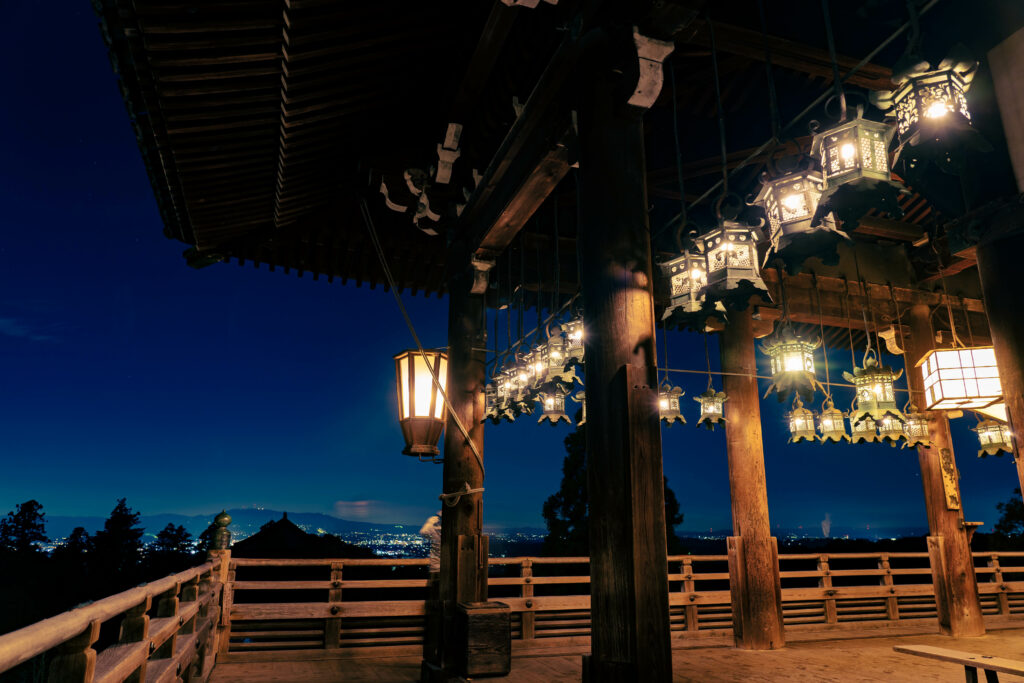
Todai-ji Museum
The Todai-ji Museum displays an extensive collection of Buddhist artifacts, statues, and documents, providing insight into the temple’s rich history and the development of Buddhism in Japan. It’s a must-visit for those interested in Japanese culture and religion
4. Surrounding Deer Park
Todai-ji is located within Nara Park, home to hundreds of free-roaming deer considered sacred messengers of the gods in Shinto tradition. Visitors can feed and interact with these friendly deer, adding a unique and charming aspect to their visit.
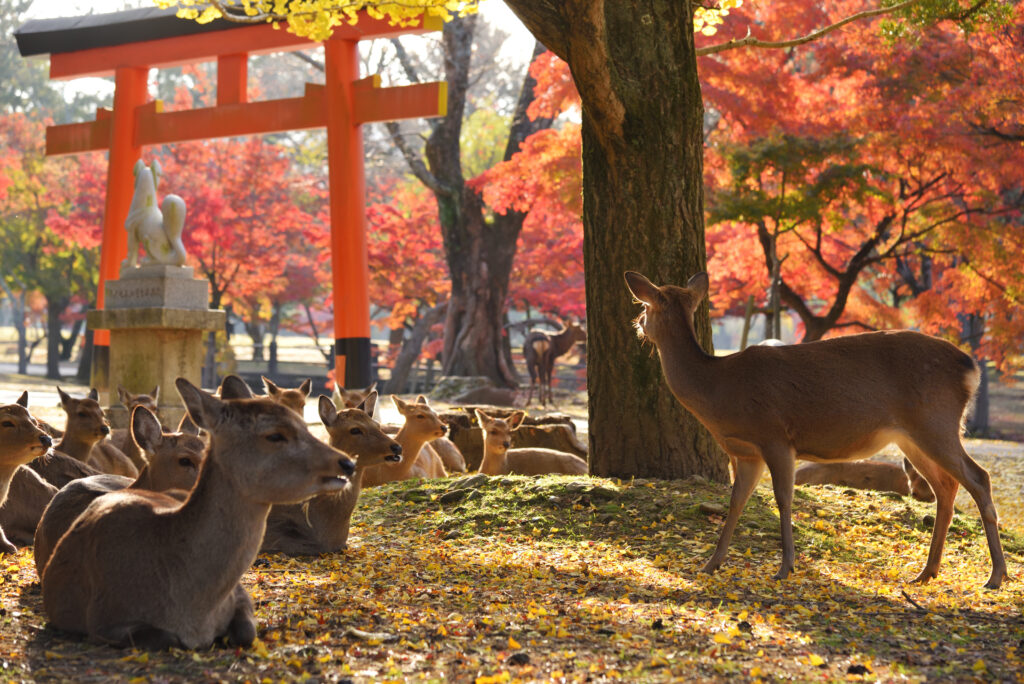
5. Seasonal Events and Festivals
Todai-ji hosts a variety of seasonal events, the most notable being the Omizutori ceremony in March and the Great Buddha’s Eye-Opening Ceremony, which is held periodically to celebrate the statue’s significance. These events highlight the temple’s spiritual and cultural importance, offering unique opportunities to witness traditional Japanese rituals.
6. Access to Todai-ji Temple
Todai-ji is easily accessible from Nara Station, either by a short bus ride or a 20-minute walk through Nara Park. Its location within the historic heart of Nara makes it convenient to include in a sightseeing itinerary.
7. Hours and Fees
Admission Fees
800 yen
Opening Hours
Apr – Oct : 7:30 AM to 5:30 PM
Nov – Mar : 8:00 AM to 17:30 PM
Closed Days
No Closed Days
*Admission fees and hours are subject to change; please check the official website for the latest information.
